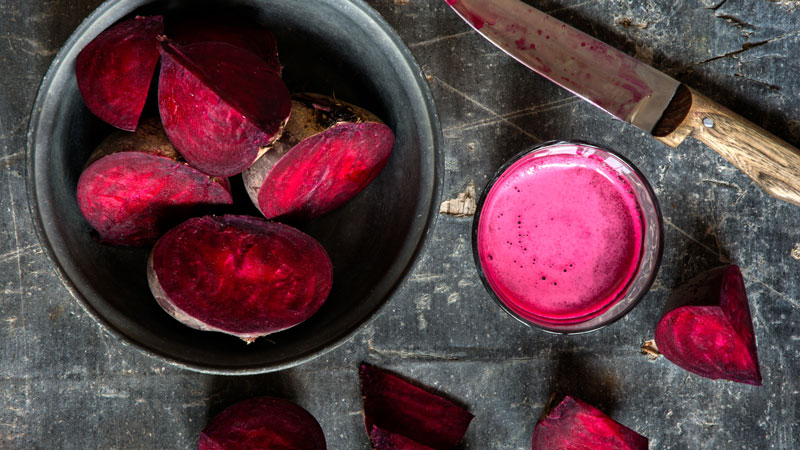Do Superfoods Exist?
Published January 2020
Busting the Myth
Every year, a new food seems to take the spotlight as the panacea for all potential ailments. But do superfoods really exist?
“No single food can offer every single nutritional component or health benefit we need,” says Northwestern Medicine Dietitian Sarah Buytendorp. “Healthy eating is a pattern, and ‘superfood’ is a marketing term.”
Healthy eating is a pattern, and ‘superfood’ is a marketing term.— Sarah Buytendorp
What Is a Superfood?
The label “superfood” has no precise or scientifically based definition. It’s been used to describe foods that contain high levels or multiple types of vitamins, minerals or nutrients, have been linked to the prevention of a disease, or provide extra health benefits in addition to their nutritional value.
Examples of superfoods include:
- Fruits and vegetables with antioxidants, like blueberries and kale, touted for their ability to fight cancer-causing free radicals
- Oats and other whole grains, which contain soluble fiber that reduces cholesterol
The health benefits of some so-called superfoods, such as turmeric, ginger and green tea, which are touted for anti-inflammatory properties, have not been scientifically proven.
Superfoods You Should Eat
“The idea behind superfoods is simple: We should eat more fruits and veggies,” says Buytendorp. Here are her must-eat foods, some of which also happen to be commonly known as superfoods:
- Dark leafy greens, such as kale and spinach
- Dark orange or red veggies, like tomatoes and red peppers
- Berries
- Foods rich in omega-3 fatty acids, including cold water fish, fortified eggs, flaxseed and walnuts
- Foods with fiber, including oats, whole grain breads, cereals, beans and fruits
- Sources of calcium, like dairy foods or fortified plant milk
Eat the Rainbow
Instead of trying to pack your diet with as many superfoods as possible, Buytendorp recommends trying to eat the rainbow.
“Go for plant-based proteins like beans and peas, and fresh and whole foods whenever possible,” she says. “You don’t have to jump headfirst into a pot of beans. Try incorporating them into meals you already cook, like taking half the ground meat out of your chili and replacing it with beans.”
Look at your eating patterns and see if there’s room to add more nutritionally dense foods. Add blueberries to your oatmeal for the antioxidants and riboflavinoids. Opt for Greek yogurt instead of regular yogurt for more probiotics and protein with fewer carbohydrates. Use whole grain bread instead of white bread for more fiber.
Too Much of a Good Thing
It’s important to keep track of your calories as well.
“You can eat 3,500 extra calories in apples or 3,500 extra calories in apple pie; it’s still going to result in one pound of weight gain,” says Buytendorp. “Though apples are no doubt healthier than apple pie, these extra calories will lead to weight gain regardless of the type of food you’re eating.”
Plant-based foods like coconut products and avocados are great examples of foods dubbed superfoods that can be unhealthy if consumed in excess because of their high fat content.
“Just because saturated fat is coming from a plant source instead of a meat source or bakery item doesn’t mean it’s healthier,” says Buytendorp. “It’s OK to use these foods in moderation to create a certain taste in a recipe, but try to instead focus on eating more mono- and polyunsaturated fats, like from olive oil.”
While half or a quarter of an avocado may be healthy, eating a whole avocado may exceed your daily calorie goal and negatively impact your weight.
“Make veggies and fruit half of your plate, and opt for plant proteins or fish as an alternate to meat,” says Buytendorp, who notes that frozen produce is just as healthy as fresh. “Choose whole grains, and flavor your food with fresh herbs and spices to cut down on sodium and processed condiments. Let’s take food back to the basics.”





